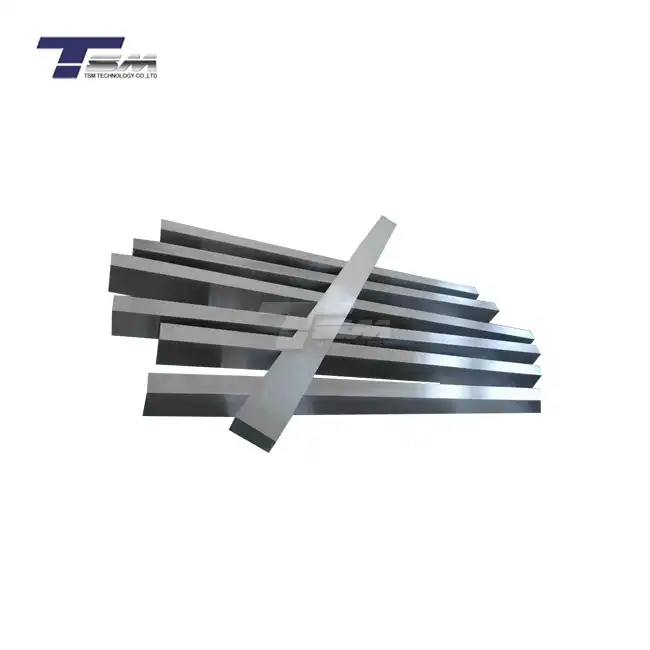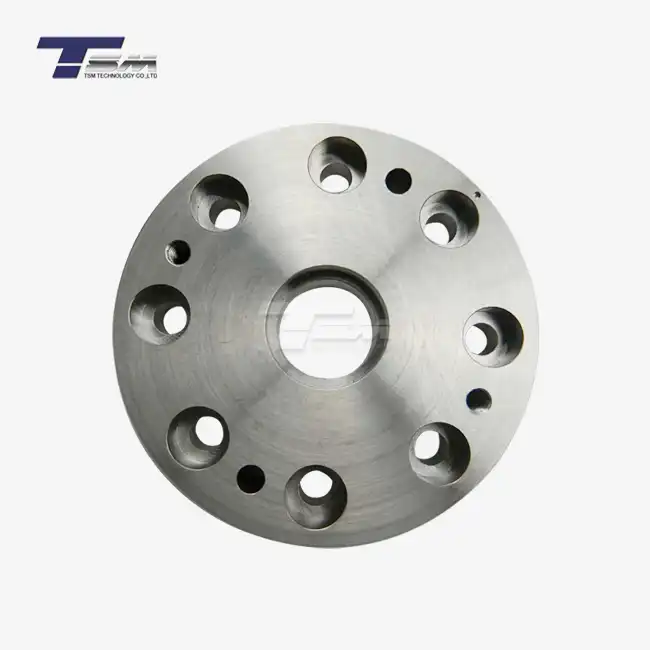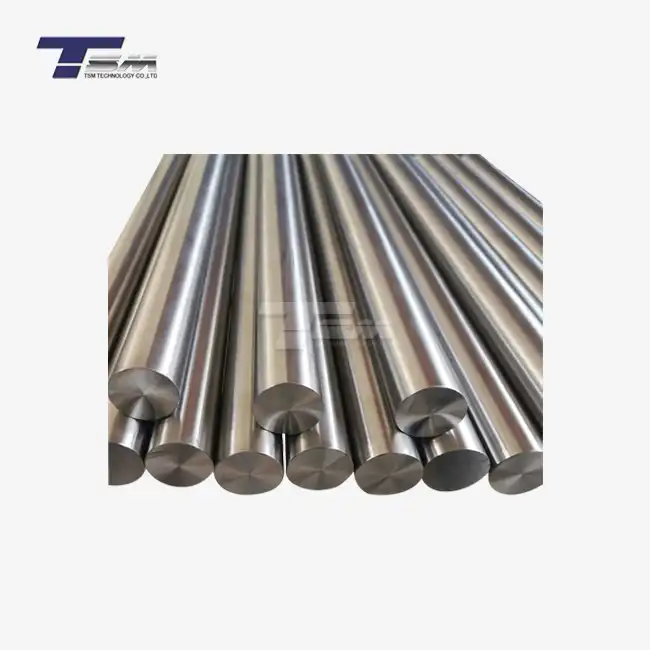- English
- French
- German
- Portuguese
- Spanish
- Russian
- Japanese
- Korean
- Arabic
- Greek
- German
- Turkish
- Italian
- Danish
- Romanian
- Indonesian
- Czech
- Afrikaans
- Swedish
- Polish
- Basque
- Catalan
- Esperanto
- Hindi
- Lao
- Albanian
- Amharic
- Armenian
- Azerbaijani
- Belarusian
- Bengali
- Bosnian
- Bulgarian
- Cebuano
- Chichewa
- Corsican
- Croatian
- Dutch
- Estonian
- Filipino
- Finnish
- Frisian
- Galician
- Georgian
- Gujarati
- Haitian
- Hausa
- Hawaiian
- Hebrew
- Hmong
- Hungarian
- Icelandic
- Igbo
- Javanese
- Kannada
- Kazakh
- Khmer
- Kurdish
- Kyrgyz
- Latin
- Latvian
- Lithuanian
- Luxembou..
- Macedonian
- Malagasy
- Malay
- Malayalam
- Maltese
- Maori
- Marathi
- Mongolian
- Burmese
- Nepali
- Norwegian
- Pashto
- Persian
- Punjabi
- Serbian
- Sesotho
- Sinhala
- Slovak
- Slovenian
- Somali
- Samoan
- Scots Gaelic
- Shona
- Sindhi
- Sundanese
- Swahili
- Tajik
- Tamil
- Telugu
- Thai
- Ukrainian
- Urdu
- Uzbek
- Vietnamese
- Welsh
- Xhosa
- Yiddish
- Yoruba
- Zulu
7 Precision Metal Grinding Techniques You Should Know
Precision grinding is the backbone of crafting impeccable metal components, especially when working with superior materials like nickel alloys. These techniques ensure that every piece meets exacting standards, delivering durability, performance, and precision to industries worldwide. Here's a quick rundown of seven essential grinding methods you should be familiar with: surface grinding, cylindrical grinding, centerless grinding, internal grinding, creep feed grinding, electrochemical grinding, and jig grinding. Each approach offers unique advantages, tailored to specific applications, shapes, and material properties. Whether you're shaping robust Monel parts or intricate Hastelloy components, mastering these techniques can elevate your production quality. Let's dive deeper into how these methods work, their benefits, and why they matter in precision engineering.
Unpacking the Core Grinding Techniques for Precision Engineering
Precision grinding is more than just smoothing surfaces; it's about achieving dimensional accuracy and enhancing material performance. Let's explore three pivotal techniques that are indispensable when working with high-performance metals.
Surface Grinding: Achieving Flawless Flatness
Surface grinding is the go-to method for creating perfectly flat and smooth surfaces on metal components. Using a rotating abrasive wheel, this technique removes material from the workpiece's surface, ensuring uniformity and precision. It's particularly effective for preparing nickel-based materials like Inconel or Incoloy, which are prized for their resilience in extreme environments. The process excels in delivering tight tolerances, making it ideal for industries requiring components with impeccable flatness, such as aerospace and energy sectors. By carefully controlling the wheel's grit and feed rate, manufacturers can achieve mirror-like finishes, enhancing both aesthetics and functionality.

Cylindrical Grinding: Shaping the Outer Contours
When it comes to crafting cylindrical components, cylindrical grinding reigns supreme. This method involves rotating the workpiece against an abrasive wheel to refine its outer diameter. It's a preferred technique for producing shafts, rods, and other round parts made from durable metals like Monel alloy. The precision of cylindrical grinding lies in its ability to achieve concentricity and smooth finishes, critical for parts that must fit seamlessly in assemblies. Advanced setups, such as computer numerical control (CNC) systems, further enhance accuracy, allowing for complex geometries and consistent results across large production runs.
Centerless Grinding: Efficiency in High-Volume Production
Centerless grinding stands out for its speed and efficiency, especially in high-volume manufacturing. Unlike traditional methods, this technique doesn't require the workpiece to be mounted between centers. Instead, the metal piece is supported by a work rest blade and guided by a regulating wheel, while an abrasive wheel removes material. This approach is perfect for producing slender, cylindrical components from tough materials like Hastelloy, ensuring uniformity without compromising on throughput. Its ability to handle continuous production makes it a favorite in industries where time and precision are paramount, such as automotive and medical device manufacturing.
Advanced Grinding Methods for Complex Metal Challenges
While foundational techniques cover many needs, advanced grinding methods tackle the unique challenges posed by intricate designs and resilient materials. Here are three sophisticated approaches that elevate precision engineering.
Internal Grinding: Precision Inside and Out
Internal grinding focuses on refining the inner surfaces of metal components, such as bores and holes. This technique is vital for parts made from high-strength nickel alloys, where internal dimensions must meet stringent specifications. Using a small, high-speed abrasive wheel, internal grinding ensures that the inner contours of components like Inconel fittings are smooth and accurate. The process is particularly valuable in applications requiring seamless fluid flow or tight mechanical fits, such as in chemical processing equipment. By leveraging CNC technology, manufacturers can achieve unparalleled precision, even in the most confined spaces, ensuring reliability in demanding environments.
Creep Feed Grinding: Deep Cuts with Unmatched Accuracy
Creep feed grinding is a powerhouse technique for removing large amounts of material in a single pass, all while maintaining exceptional precision. Unlike conventional grinding, this method uses a slow feed rate and deep cuts, making it ideal for shaping complex profiles in tough metals like Hastelloy. The process minimizes thermal damage, a critical factor when working with heat-sensitive materials, ensuring the integrity of the workpiece. Industries such as aerospace rely on creep feed grinding to produce turbine blades and other components with intricate geometries, where both strength and precision are non-negotiable. Its ability to deliver high material removal rates without sacrificing quality makes it a game-changer.
Electrochemical Grinding: Precision Without Heat Stress
Electrochemical grinding (ECG) combines abrasive grinding with electrochemical machining, offering a unique solution for materials that are prone to thermal distortion. This technique is particularly effective for nickel-based metals, as it removes material through a combination of mechanical abrasion and anodic dissolution, minimizing heat generation. ECG excels in producing burr-free edges and intricate shapes, making it ideal for delicate components in medical and aerospace applications. The process also extends tool life, as the electrochemical action reduces wear on the abrasive wheel. For manufacturers seeking precision without compromising material properties, ECG is an innovative approach that delivers consistent, high-quality results.
Optimizing Grinding Techniques for Superior Metal Performance
Achieving excellence in grinding goes beyond selecting the right technique; it's about optimizing processes to enhance material performance and longevity. Let's explore three strategies that ensure top-tier results when working with advanced metals.
Jig Grinding: Mastering Intricate Geometries
Jig grinding is the pinnacle of precision, designed for crafting complex shapes and tight tolerances in metal components. This technique uses a specialized machine with a high-speed spindle to grind holes, contours, and other intricate features with unparalleled accuracy. It's particularly valuable for nickel alloys like Monel, where precision is critical for applications such as die making and mold manufacturing. The process excels in producing features with sub-micron tolerances, ensuring that even the most demanding specifications are met. By integrating advanced tooling and CNC controls, jig grinding delivers consistency and repeatability, making it indispensable for high-stakes industries.
Material-Specific Grinding: Tailoring Techniques to Alloys
Not all metals are created equal, and grinding techniques must be tailored to the unique properties of each material. Nickel-based alloys, for example, are renowned for their hardness and resistance to corrosion, but these qualities also make them challenging to machine. Selecting the appropriate abrasive wheel, coolant, and feed rate is crucial to prevent work hardening or surface damage. For instance, grinding Incoloy requires a balance of aggression and finesse to maintain its structural integrity, while Hastelloy demands careful heat management to avoid cracking. By customizing grinding parameters, manufacturers can maximize efficiency and ensure that the material's inherent strengths are preserved, delivering components that perform reliably in harsh conditions.
Quality Control in Grinding: Ensuring Uncompromising Standards
Precision grinding is only as good as the quality control measures that back it up. Rigorous inspection protocols are essential to verify dimensional accuracy, surface finish, and material integrity, especially when working with high-performance metals. Advanced techniques, such as laser scanning and coordinate measuring machines (CMM), allow manufacturers to detect even the slightest deviations, ensuring that every component meets exacting standards. For nickel alloys, additional tests, such as hardness and microstructure analysis, confirm that the grinding process hasn't compromised the material's properties. A robust quality control system not only guarantees reliability but also builds trust with clients, reinforcing a reputation for excellence in precision engineering.
Conclusion
Mastering precision grinding techniques is essential for unlocking the full potential of superior metals like nickel alloys. From foundational methods like surface grinding to advanced approaches like electrochemical grinding, each technique offers unique benefits tailored to specific challenges. By optimizing processes and prioritizing quality, manufacturers can deliver components that excel in performance, durability, and precision. Whether you're shaping intricate parts or producing high-volume runs, these grinding methods are the key to achieving excellence in precision engineering.
Contact Us
Ready to elevate your precision engineering projects with superior alloys? Contact TSM TECHNOLOGY for expert guidance and high-quality materials. Reach out to us at info@tsmnialloy.com to discuss your specific needs and discover how our premium alloys can enhance your manufacturing processes.
References
Kalpakjian, S., & Schmid, S. R. (2019). Manufacturing Engineering and Technology. Pearson Education.
Groover, M. P. (2020). Fundamentals of Modern Manufacturing: Materials, Processes, and Systems. Wiley.
Shaw, M. C. (2018). Principles of Abrasive Processing. Oxford University Press.
Marinescu, I. D., Hitchiner, M., Uhlmann, E., Rowe, W. B., & Inasaki, I. (2016). Handbook of Machining with Grinding Wheels. CRC Press.
Malkin, S., & Guo, C. (2019). Grinding Technology: Theory and Applications of Machining with Abrasives. Industrial Press.
Stephenson, D. A., & Agapiou, J. S. (2016). Metal Cutting Theory and Practice. CRC Press.
Learn about our latest products and discounts through SMS or email



